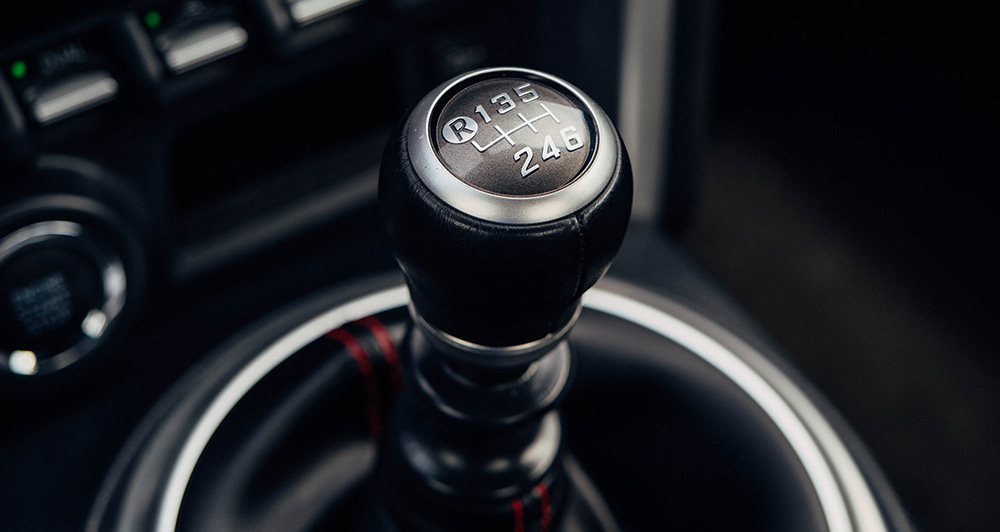
Manual gearboxes may be declining in popularity, but there are still many drivers among us who like to change gears by hand. Having that direct mechanical connection with your vehicle is simply something special, and driving stick can also feel a lot sportier than tootling about in a two-pedal car.
But as nice as it may be, there are some things you shouldn’t do when driving a manual, and we have listed five deadly sins below so you can avoid them.
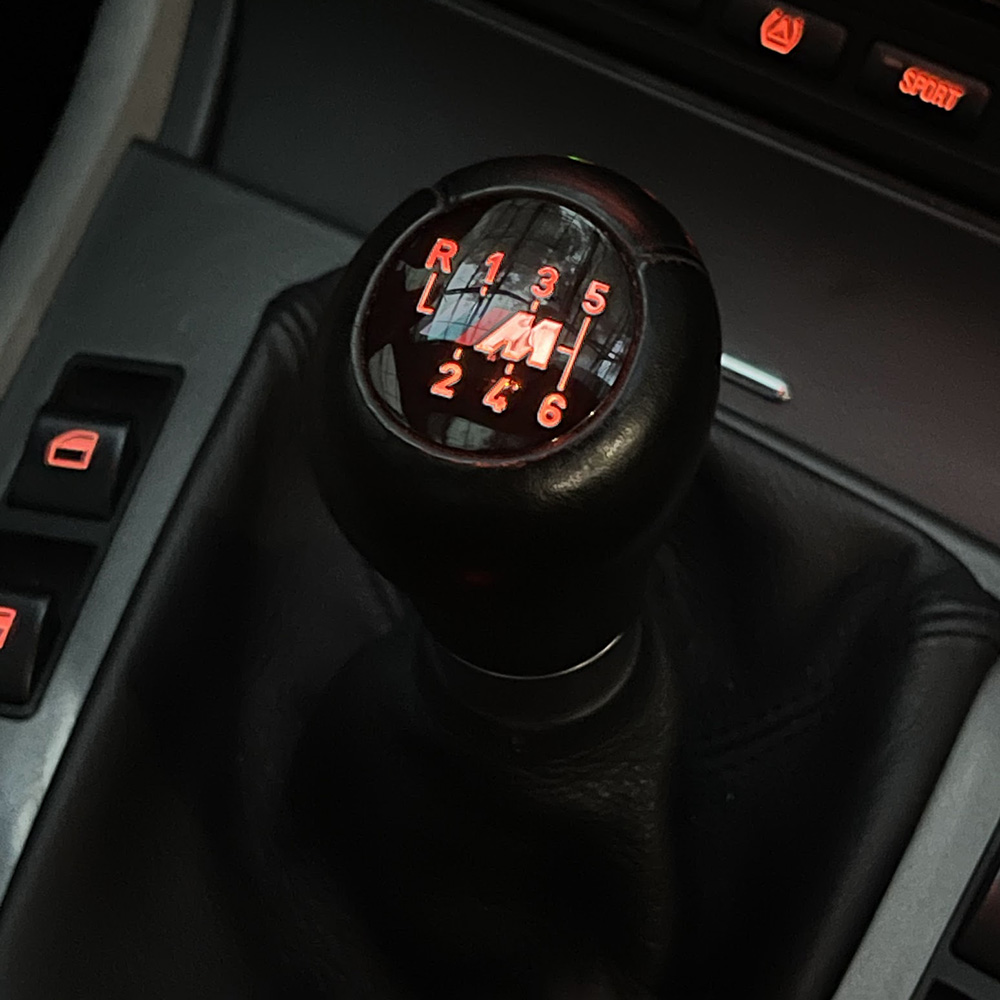
1. Shifting gears too quickly. All of us have lived out our inner Vin Diesel at least once in our automotive lives, even if we won’t admit it. Rapidly flicking through the gears Fast & Furious-style might make you feel like a rally driver, but you’re not doing your gearbox any favors with it.
Inside a manual transmission are various cogwheels of different sizes that, put simply, provide different gears. By shifting gears with the gear lever, a shift sleeve is moved inside the transmission that connects and disconnects the main gears together and thus translates the engine speed to a suitable wheel speed.
However, there is a problem with this: While one cog rotates at the same speed as the wheel on the road, the other cog rotates either slower or faster. But in order for the shift sleeve to be able to connect the two gears with one another, they must rotate at the same speed. This is achieved with the use of synchronizer rings.
If you shift gears too quickly, the synchro ring doesn’t have time to gently adjust, causing the gears to clash and grind against each other. This will cause increased wear on the synchro, or can even cause it to break completely. There is also a risk for secondary damage, as metal shavings start to float around your gearbox and prevent it from being lubricated properly.

2. Engaging reverse while the car is still rolling forward. Shifting into reverse gear enables the wheels to rotate in the opposite direction. To make this happen, a separate gear in the gearbox is coupled with another gear via the shift sleeve. However, this gear is usually not synchronized (unlike the forward gears).
Therefore, it is important to bring the car to a complete stop before engaging reverse gear. The clutch should also be depressed for a short time before engaging reverse gear, so that both gears come to a standstill and can be coupled together in a way that isn’t damaging to the components.
This mistake can also apply to cars with automatic transmission. If the gear lever is shifted from “D” to “R” while the car is still rolling forward, the brake bands and the clutch plates inside the transmission wear out much more quickly. This works roughly like a slipping clutch. It’s the same when shifting from “R” to “D” while rolling backward. Therefore, it is always better to bring the car to a complete stop before switching between “D” and “R”.
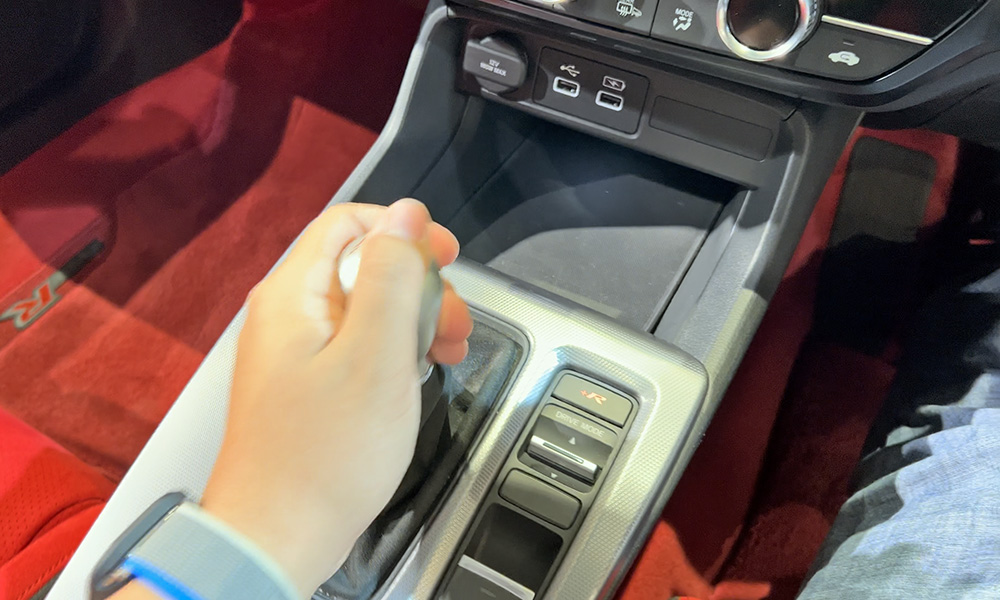
3. Resting your hand on the shifter. Resting your right hand on the shifter might feel comfortable and may even look cool, but in the long run, it will damage the gearbox. If you always keep your hand on the shift lever while driving, you automatically put pressure on the shift sleeve.
This pressure on the shift sleeve can create tension in the transmission, which not only puts more strain on the shift sleeve, the synchro rings, and the coupled gears (and thus wears them out faster), but the transmission bearings also suffer as a result. When driving, you should always keep your hands on the wheel. Your gearbox will thank you for it.
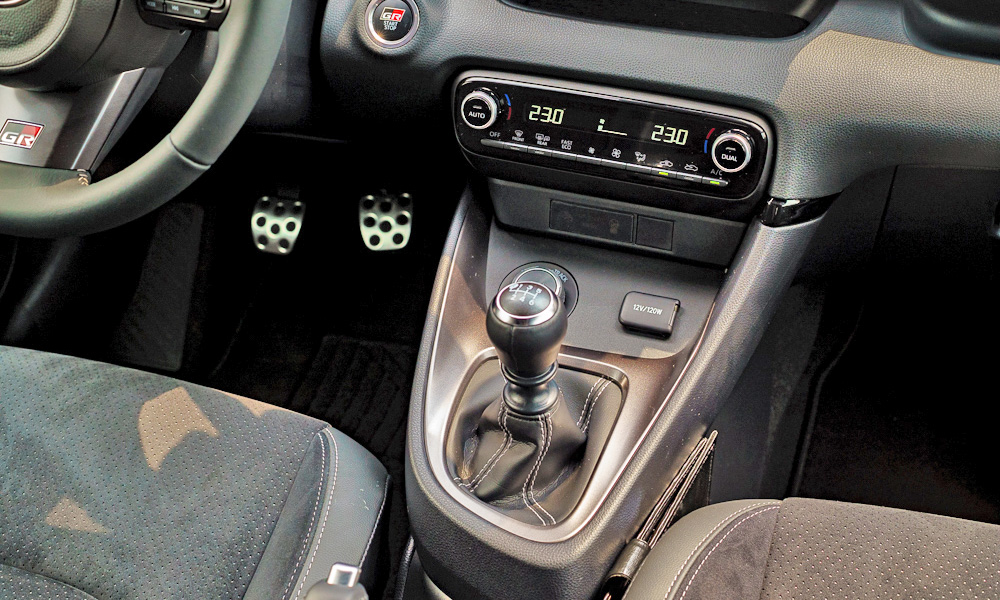
4. Not pressing the clutch properly. Not depressing the clutch pedal correctly—or in time for the gear change—is another sin often connected to fast and sporty shifting. This little act of carelessness can result in really expensive repairs. If the clutch does not disconnect the power connection between the engine and the transmission completely (or not in time for the gear change) and you still shift into the next gear, the transmission often reacts with a loud crunching noise.
This toe-curling sound comes about because the synchro rings are not able to bring the two gears up to the same speed during the shifting process. If you’re lucky, it only causes increased wear and tear, but in the worst case, you can even cause “tooth loss” in the gears. Once a gear has lost a few teeth, repairing it becomes really expensive.
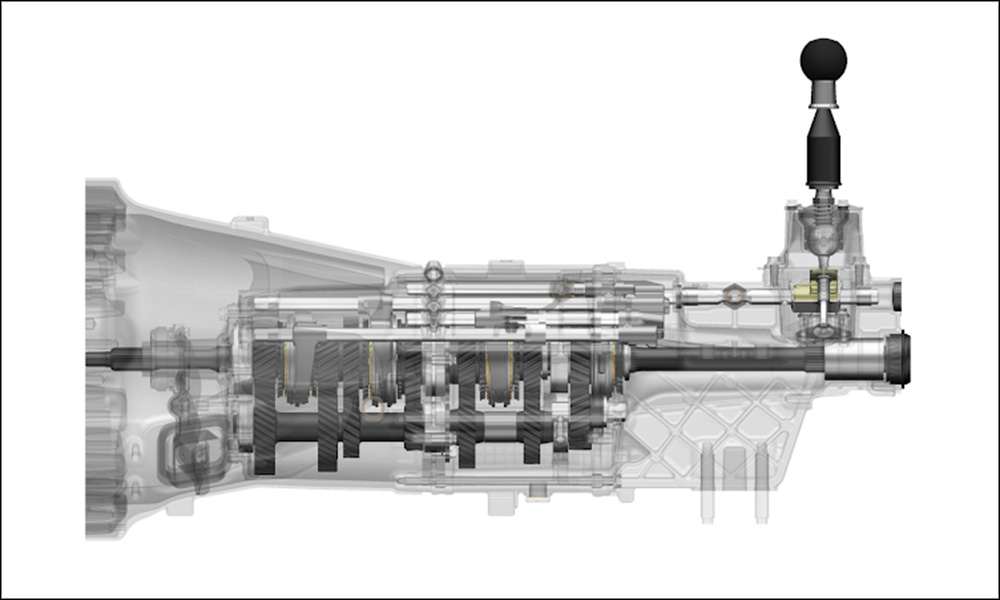
5. Neglecting maintenance. When we talk about oil changes, we usually mean engine oil. But gearboxes require oil, too. While most manufacturers these days don’t even plan for gearbox maintenance and claim that transmission oil will last the life of the car, what they often don’t say is that this term refers to a certain number of kilometers only.
A planned service life of 200,000km is not unusual, but gearboxes can last much longer if you look after them properly. Gear oil also ages over time. Not only does it become contaminated through normal wear and tear, but it also just doesn’t lubricate the bearings as well at some point. So, especially in older and high-mileage cars, a gearbox oil change and a regular check for leaks are recommended.

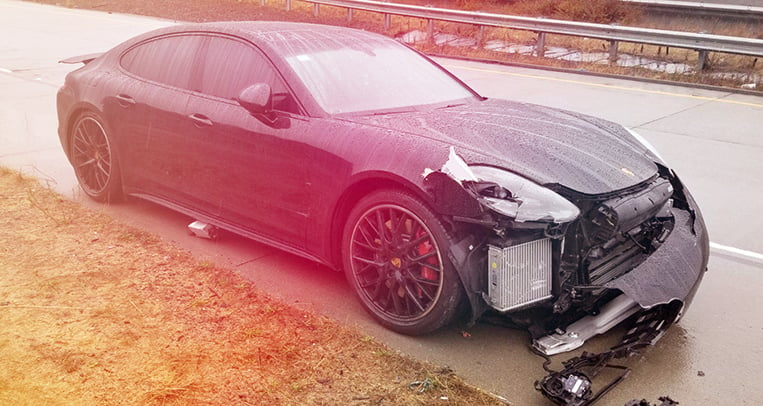









Comments